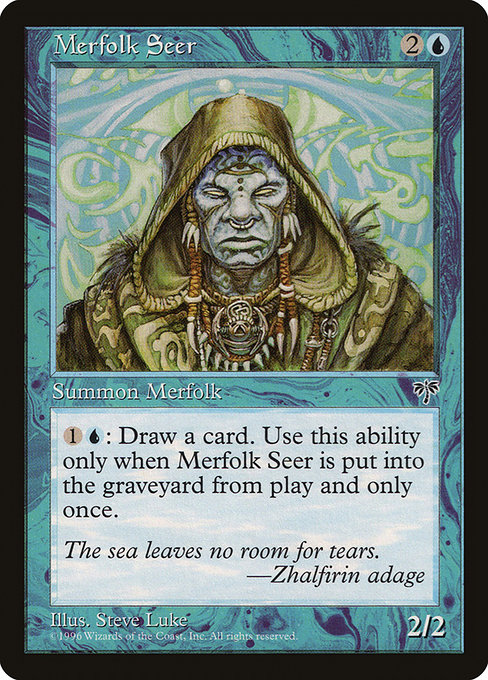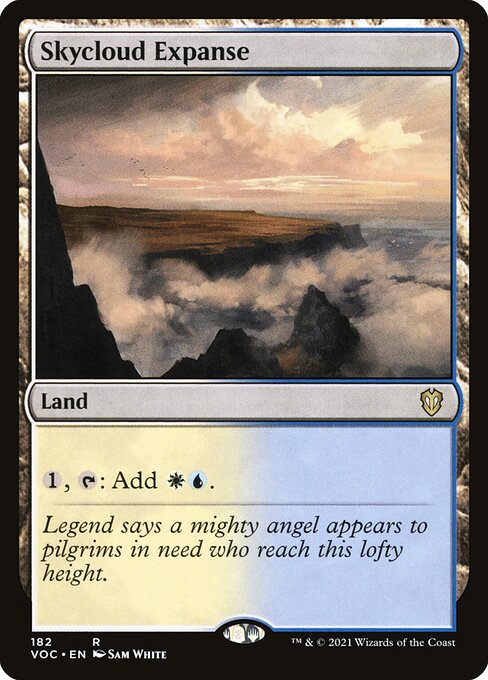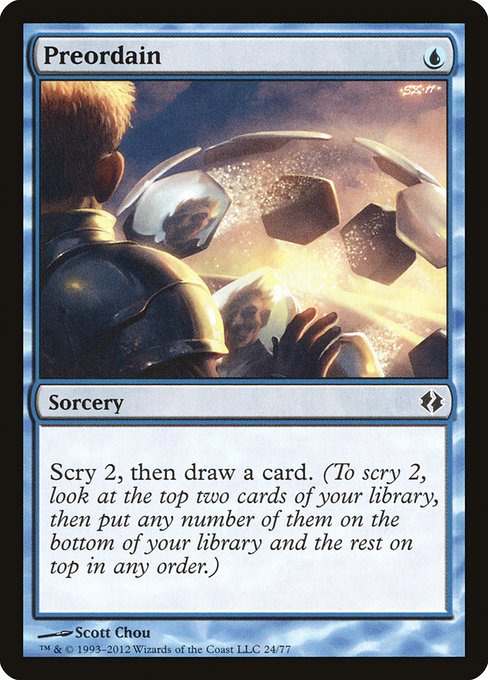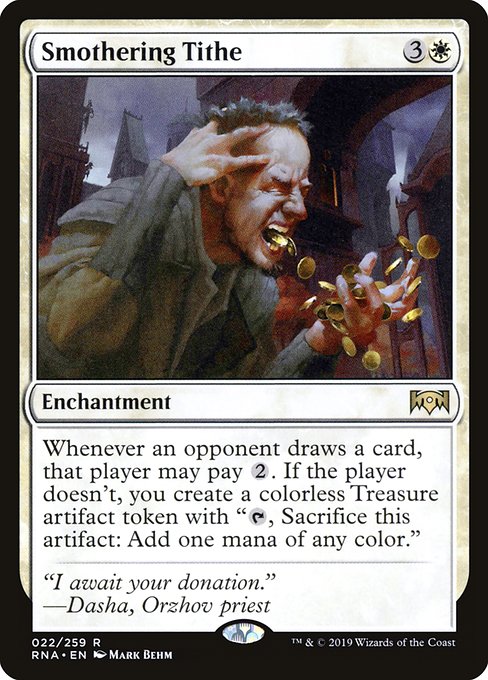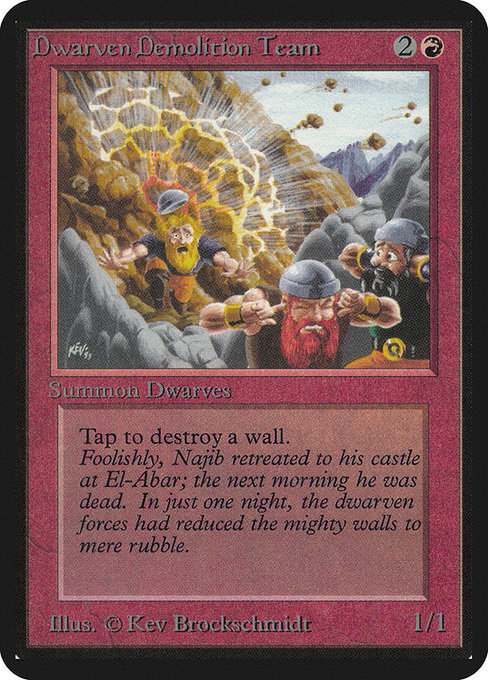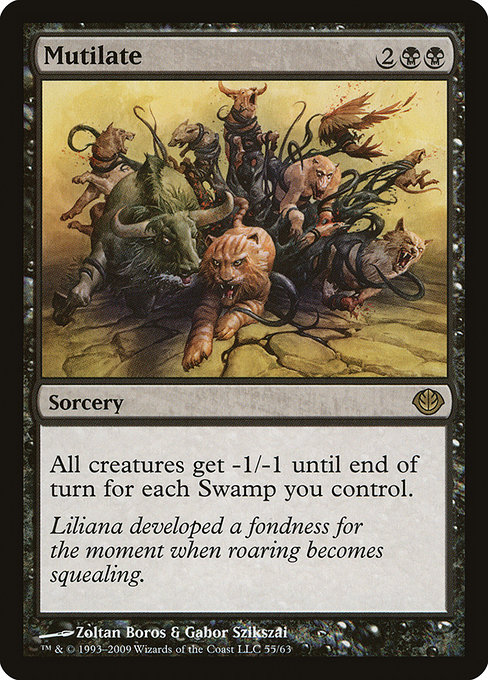
Mutilate

Full Analysis
Generated on 2025-06-30T14:34:11.832650 • Legacy FormatA Comprehensive Review of Mutilate: Understanding its Power and Potential
Mutilate is a powerful sorcery that affects all creatures on the battlefield, imposing a significant drawback (-1/-1) in exchange for a simple and straightforward effect. This card's impact can be felt across various deck archetypes, making it an attractive addition to aggressive decks that prioritize speed over durability.
Card Mechanics and Interactions
Mutilate's text is quite straightforward: all creatures get -1/-1 until the end of turn for each swamp controlled by the player. This means that if a player controls three swamps, for example, all of their creatures will have two points of negative power and toughness. The key interaction to note here is that Mutilate's effect does not stack with other effects that reduce creature power or toughness.
Another important consideration is the duration of Mutilate's effect. Since it lasts until the end of turn, it has a significant advantage over other effects that might be more immediate but last for only one turn. This makes Mutilate an attractive option in certain situations where its effects can accumulate and have lasting impact on the game.
It's worth noting that creatures with abilities or effects that trigger when they're affected by a negative power/toughness change will still resolve as normal, even if their power/toughness goes down. This means that Mutilate won't prevent those effects from happening, but it does ensure that any such abilities will be applied at the decreased state of power and toughness.
Strategic Uses, Combos, and Synergies
Mutilate's strength lies in its ability to create an environment where creatures can be forced into a difficult position. By forcing multiple creatures to have negative power and toughness, players can make it challenging for their opponents to attack or trade effectively with them. This can lead to a significant advantage on the battlefield.
One popular strategy is to use Mutilate as part of a board control deck that focuses on controlling the board with small creatures and/or token generation. By combining this effect with other cards that promote creature development, such as Simian Spirit Guide, players can generate an overwhelming amount of pressure while their opponents struggle to respond effectively.
Another effective strategy is to use Mutilate in conjunction with a graveyard-based removal spell like Grave Titan. By using Grave Titan to remove problematic creatures and then following up with Mutilate to severely punish the opponent's remaining board, players can create an insurmountable advantage.
Deckbuilding Roles and Archetypes
Mutilate is typically used as a flexible card that fits into various deck archetypes. Its primary role is to contribute to the overall pressure on the opponent's creatures, making it an attractive fit for aggressive decks that focus on generating board presence quickly.
One of the most common places Mutilate appears in competitive play is in the midrange and control decks. These types of decks often rely on a mix of creature removal and value-generating spells to achieve their objectives. By adding Mutilate to these lists, players can further disrupt their opponents' plans by making it difficult for them to generate threats or attack effectively.
In terms of specific deck archetypes, Mutilate is particularly well-suited for aggro decks that prioritize speed over durability. Its ability to severely impact creatures with even small amounts of power makes it an excellent fit for these types of decks.
Aggressive Decks
Mutilate's utility in aggressive decks can be seen in its ability to punish opponents for playing creatures with any amount of power. By controlling multiple swamps, players can unleash Mutilate and severely impact their opponent's board presence.
One example of an aggro deck that utilizes Mutilate is a Burn deck that focuses on dealing direct damage to the opponent's life total. By combining Mutilate with other burn spells like Chandra, Torch of Defiance, players can generate an overwhelming amount of pressure while their opponents struggle to respond effectively.
Midrange and Control Decks
Mutilate's utility in midrange and control decks is slightly different from its use in aggressive decks. In these situations, Mutilate is often used to disrupt the opponent's plans by making it difficult for them to generate threats or attack effectively.
One example of a midrange deck that utilizes Mutilate is a combo deck that focuses on generating an insurmountable advantage through token generation and creature removal. By combining Mutilate with other cards like Griselbrand, players can create a formidable board presence while their opponents are left reeling from the effects of Mutilate.
Deckbuilding Tips
When building a deck around Mutilate, it's essential to consider its interactions with other negative power/toughness changes. This means that players should be mindful of cards like +1/+1 counters or +2/+2 buffs that could impact the effectiveness of Mutilate.
Another important consideration is the duration of Mutilate's effect. Since it lasts until the end of turn, players should look for ways to maximize its impact by controlling multiple swamps and generating an overwhelming amount of pressure on the opponent's board.
Format Viability and Competitive Context
Mutilate has seen significant play in various formats, including Modern and Pioneer. In both cases, its effectiveness as a board control tool is undeniable, but its utility can be nuanced depending on the specific metagame and archetype being used.
In Modern, for example, Mutilate's ability to severely impact creatures with even small amounts of power makes it an excellent fit for aggressive decks that prioritize speed over durability. By combining this effect with other aggressive spells like Chandra, Torch of Defiance, players can generate a significant amount of pressure while their opponents struggle to respond effectively.
In Pioneer, on the other hand, Mutilate's utility is slightly more context-dependent. Here, its ability to severely impact creatures often makes it an attractive fit for midrange and control decks that prioritize disrupting their opponents' plans over outright creature removal. By combining this effect with other value-generating spells like Griselbrand, players can create a formidable board presence while their opponents are left reeling from the effects of Mutilate.
Rules Interactions and Technical Notes
One key interaction to note is that Mutilate's effect does not interact with other negative power/toughness changes. This means that even if another card causes a creature to gain or lose +1/+1, this will still be applied along with the effects of Mutilate.
Another important point to consider is that Mutilate's effect lasts until the end of turn, which can sometimes lead to interesting interactions in cases where creatures have abilities that trigger when they're affected by a negative power/toughness change. However, as mentioned earlier, these effects will still resolve at their normal state if the creature's power and toughness go down.
Art, Flavor, and Historical Context
Mutilate features artwork depicting a gruesome scene of a grotesque creature being disfigured and twisted. The card's flavor is centered around its ability to disrupt the opponent's creatures, leaving them in a vulnerable position.
In terms of historical context, Mutilate was first released in 2013 as part of the Lorwyn set. Since then, it has appeared in various sets across different formats, including Modern and Pioneer.
Summary of Key Points
- Mutilate is a powerful sorcery that reduces all creatures by one point of both power and toughness for each swamp controlled.
- The card's effect lasts until the end of turn, making its impact last longer than more immediate effects.
- Its interaction with other negative power/toughness changes can be nuanced but doesn't prevent those effects from resolving as normal.
- Mutilate is well-suited to aggressive decks that prioritize speed over durability and works particularly well in combo with creature removal spells.
- Its viability varies depending on the specific format, but it remains a staple in Modern and Pioneer.
Conclusion
Mutilate stands out as one of Magic: The Gathering's most versatile cards, capable of significantly impacting creatures across various formats. By understanding its mechanics, interactions, and strategic uses, players can unlock new possibilities for their deck lists and adapt Mutilate into any gameplan that suits them best.
In conclusion, Mutilate is a powerful tool in the hands of an experienced player. Its ability to disrupt the opponent's board presence and create a formidable advantage makes it an attractive addition to many deck archetypes. Whether used in aggressive decks or midrange and control decks, Mutilate remains a staple in Modern and Pioneer.
